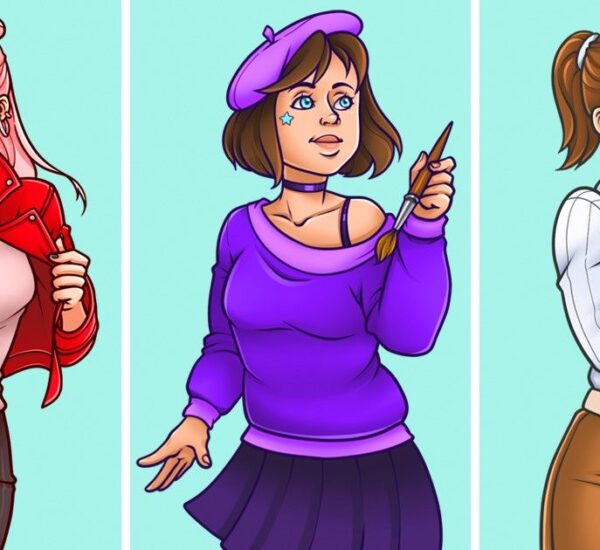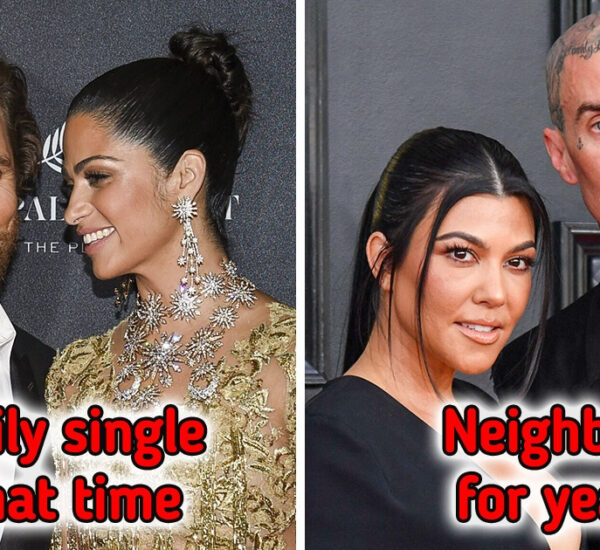In general, people tend to think that they can be in control of their own reactions. In this way, the reactions they show to others are the ones they consider most appropriate or convenient for a given moment.
On the other hand, we must not forget that there are other types of reactions that are involuntary and, as much as we want to control them, we simply cannot.
This can be seen in the case of blushing, which is a spontaneous response that we cannot make appear on purpose, nor can we fake it, and it is truly unique to humans.
Blushing is such a genuine and unique reaction that it can be difficult to understand, which is why we have done a bit of research to offer you an explanation for such an authentic physical response.
What Happens To Our Bodies When We Blush
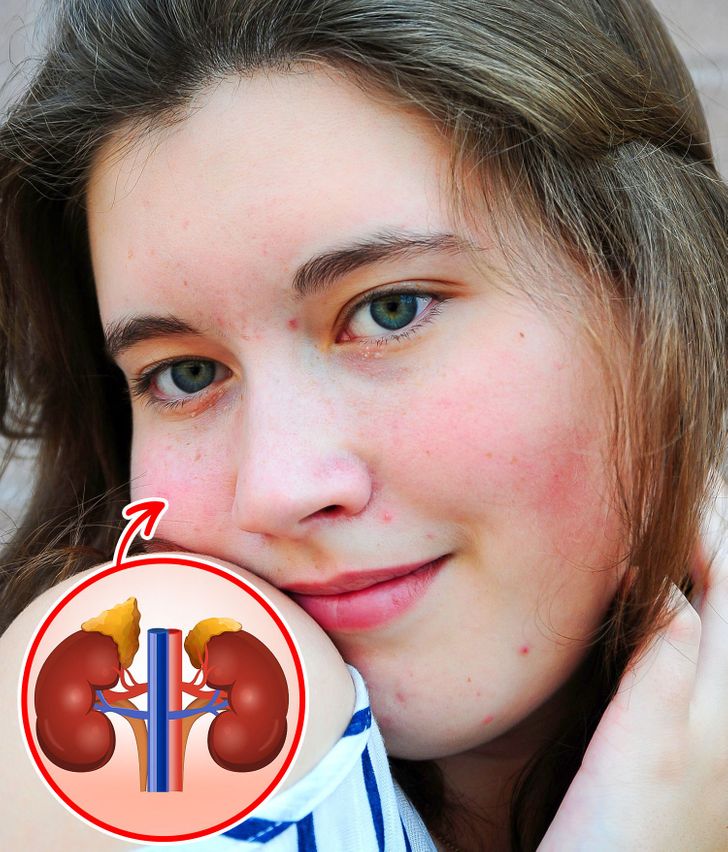
The human body goes through a series of reactions and also a process, which leads to the moment when our cheeks acquire a reddish color that we perceive as a blush.
Blushing appears to be a natural reaction to something called the sympathetic nervous system, which is responsible for some of our bodies’ rapid and involuntary responses.
When this system detects some specific types of emotions, it sends a message to the adrenal glands to release a hormone called adrenaline, which is also responsible for triggering the body’s fight-or-flight response.
When this hormone is released, our heart rate begins to accelerate, which in turn causes blood vessels to expand, increasing blood oxygen levels and blood flow.
Research has found evidence that the areas most susceptible to blushing, such as the cheeks, neck, and ears (mainly), have a different anatomical structure that makes this spontaneous and uncontrollable reaction possible.
The Possible Causes Of Blushing
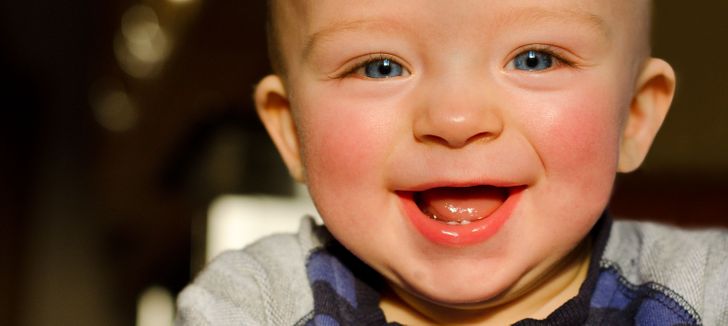
We already know the internal process that causes this distinctive color in some parts of our body. But this is only a description of what happens in our body. It is also important to know what actually triggers such a response, and there are several possible causes.
Emotions: shame, shyness, passion or even anger can be the reasons why some parts of our face turn red.
Temperature: if our body temperature rises due to heat or physical exercise, flushing is likely to appear. Also, extreme cold can cause your ears, nose, and cheeks to take on a different hue.
Fever: When our body temperature rises due to any type of viral process, blushing is common. If that’s the reason, when the fever goes down, the flushing will go away with the rest of the symptoms.
Food or drink: Eating something very spicy or foods that contain certain chemicals can also cause blushing. The same can happen if you drink something very hot.
Different Approaches To Understanding Blushing
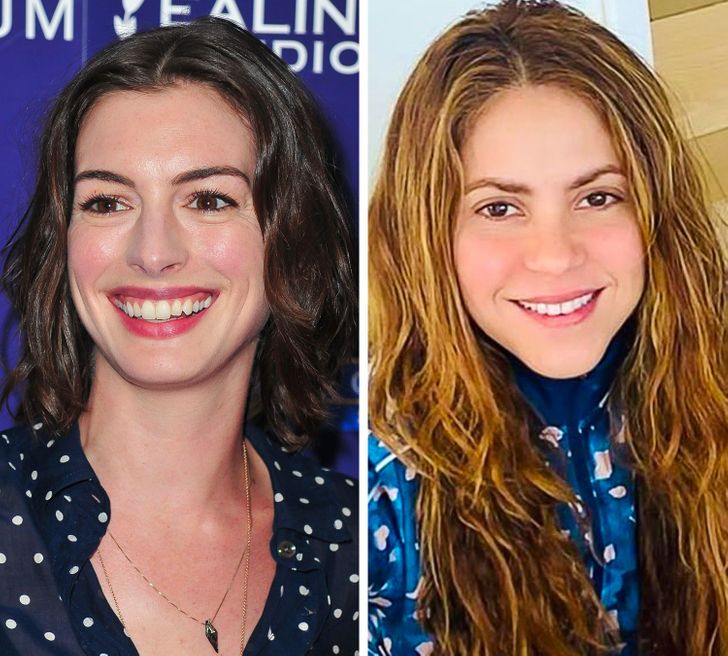
The scientific community, even today, has not yet found a totally accurate explanation of the purpose that blushing really has in our daily lives.
However, in an attempt to provide an explanation, different scientists have created theories and put forward new hypotheses based on the evidence they found.
Of these, 3 theories obtained the most support from the scientific community. These 3 theories are currently the most accepted or plausible ones.
Communicative theory: According to this proposal, blushing has the function of transmitting information to our interlocutors or to the rest of the people around us. That is, we would be providing information without communicating verbally. Apparently, blush helps us to recover and save our face. At the same time, it allows others to have or regain lost trust in the person who blushes.
Unwanted social attention: This theory suggests that blushing appears as a way for the person who looks at us quickly to realize that we are not happy with the attention they are giving us.
Therefore, it is completely inescapable and arises in response to situations in which we are being scrutinized, praised, or simply what we consider to be too much-unwanted interest or attention from another person.
Exposure: In this case, the blush would appear as a response or as a consequence of the fear that some type of private information, such as a secret or a lie, could be discovered or revealed. According to this theory, it is a way of surrendering or showing that what is implied is true.
What kind of situation makes you blush? Have you ever experienced a time when you blushed so much that you felt embarrassed?
Preview photo credit Gregorio T. Binuya / Everet / EAST NEWS, shakira / Instagram

